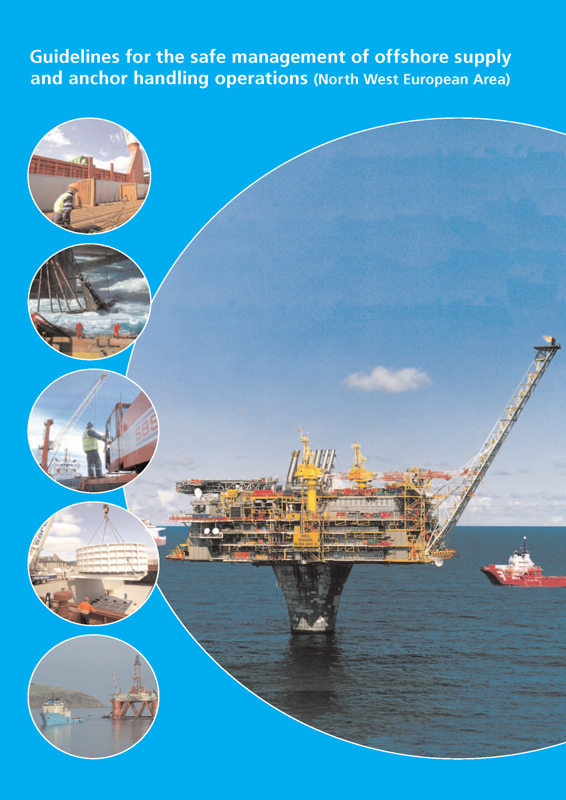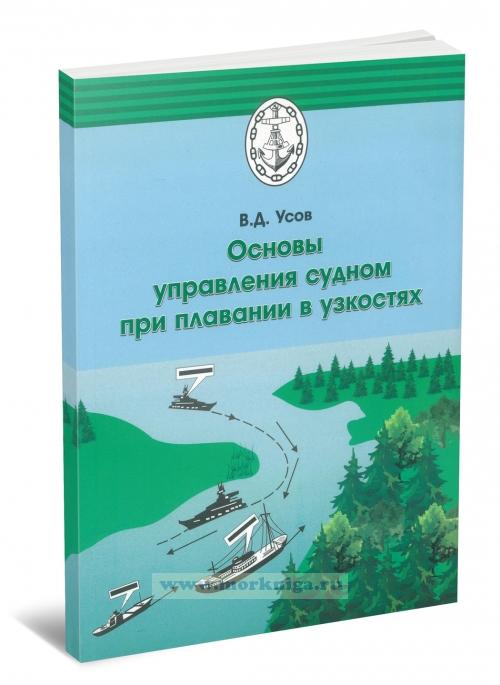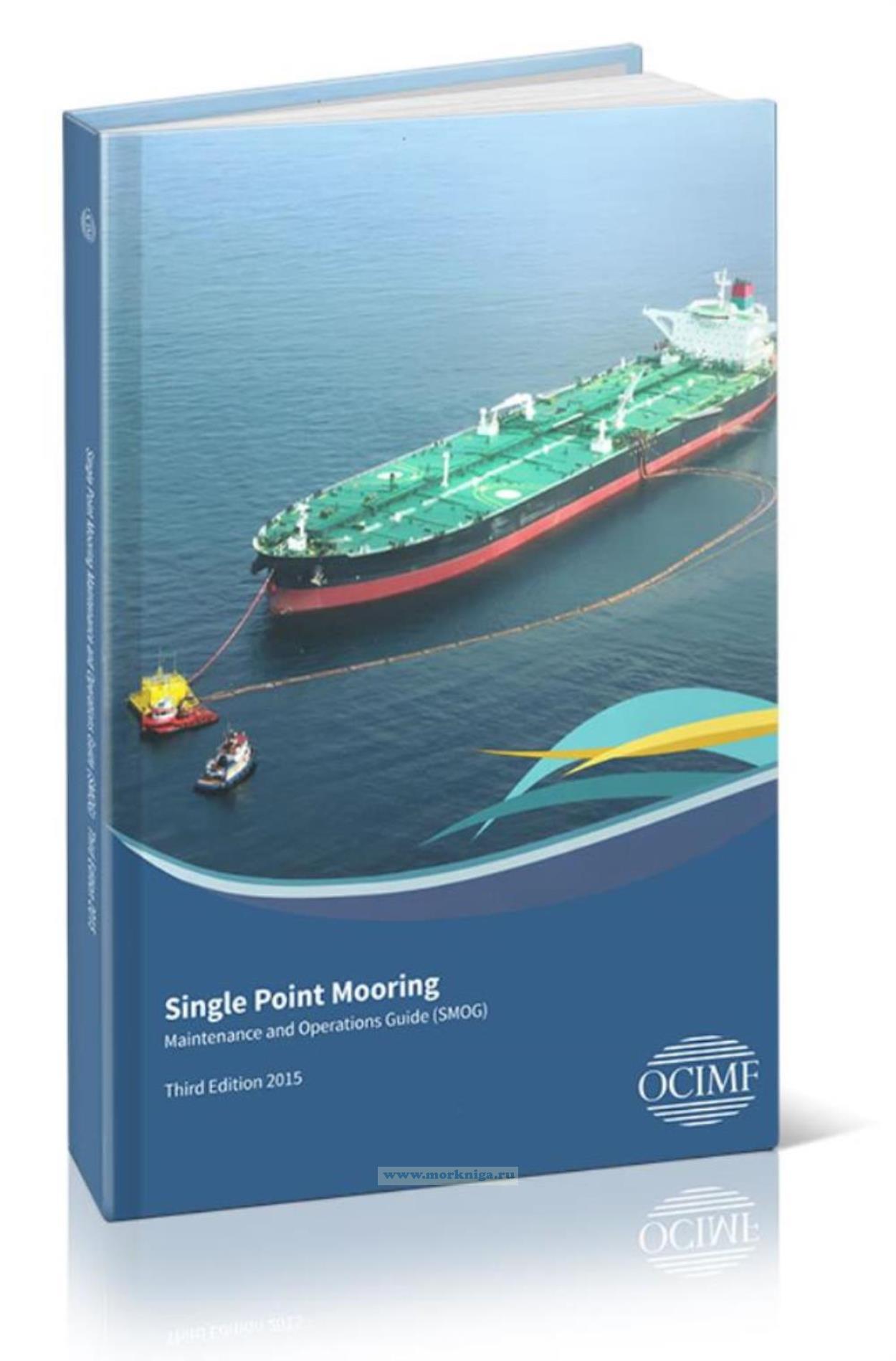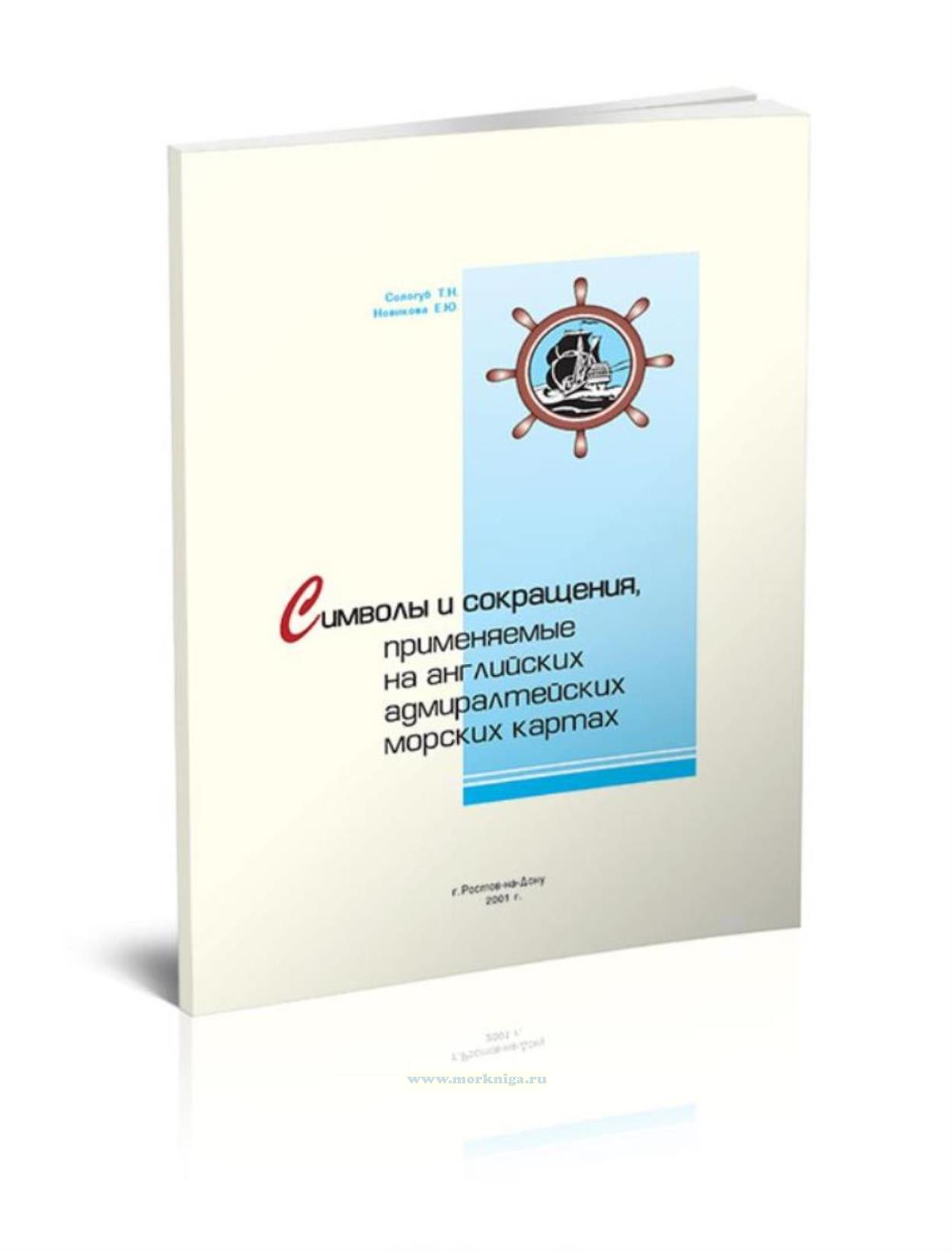Guidelines for the Safe Management of Offshore Supply and Anchor Handling Operations (North West European Area). Руководство по безопасному управлению морскими поставками и операциями по обработке якорей (Северо-Западная Европейская зона)
Издание на английском языке
The objectives of those Guidelines are:1. To ensure and improve the safety of Supply and Rig moving operations in the North West European Area (NWEA).2. To provide guidance on eliminating or reducing hazards or risks during Supply and Rig moving operations.These Guidelines incorporate best practice and procedures from North Sea operating companies, logistics companies, ship owners, shippers and lessons from the appropriate safety forums. They do not supersede flag and other legal requirements.They apply to all those involved in interaction between offshore installations, bases and offshore support vessels related to offshore operations in the NWEA.
Table of contents
Signatories to the Guidelines
Document Control Sheet
Using the document v
Abbreviations / Definitions
1 Introduction
1.1 Objectives
1.2 Ownership
1.3 Document Control, Revisions and Distribution
1.4 Application
1.5 Applicable Legislation
1.5.1 Overview
1.5.2 Regulatory enforcement, best practice and safety
1.5.3 Relationship between offshore and maritime regulations
2 Responsibilities
2.1 General Responsibilities
2.1.1 Management
2.1.2 Workscope Responsibilities. Minimum safety requirements that shall be laid down are as follows
2.2 Responsibilities
2.2.1 Masters of Vessels
2.2.2 Installation OIM
2.2.3 Ship Owner
2.2.4 Base companies
2.2.5 Operating / Logistics company
2.3 Meetings
2.3.1 General
2.3.2 Onshore operations meetings
3 Operations
3.1 In Port
3.1.1 Information / Planning
3.1.2 Berthing Moorings & Gangways
3.1.3 Shipboard Lifting Operations In Port
3.2 Voyage Planning
3.2.1 Vessel Routeing
3.2.2 Weather
3.2.3 Outward Cargo Planning
3.2.4 Deck Cargo Handling & Securing
3.2.5 Sailing Instructions & Cargo Documentation
3.3 Approaching and at the installation (safety zone)
3.3.1 Pre-Arrival Information & Planning
3.3.2 Arrival at the Installation
3.3.3 Communication
3.3.4 Vessel Approach and Manoeuvring
3.3.5 Overboard Discharges
3.3.6 Deck Cargo Operations, Inter-Field Transfers and Cargo Securing
3.3.7 Personnel transfers
3.3.8 Installation Departure
3.4 Vertical Seismic Profiling (VSP)
4 Bulk Cargo Operations
4.1 General Requirements
4.2 Bulk Transfer Operations In Port
4.3 Hazard Overview
4.4 Bulk Transfers of Particular Concern
4.5 Fuel
4.6 Potable Water
4.7 Bulk transfer Operations - General
4.8 Hose marking and usage
4.9 Vessel responsibilities at the installation
4.10 Installation responsibilities
4.11 Bulk Transfer Operations At The Installation
5 Contractor Management
5.1.1 Project (3rd Party) Mobilisation & De-Mobilisation
5.1.2 Tank Cleaning
6 Anchor Handling & Towing
6.1 Agreed Procedures and Responsibilities
6.1.1 Responsibilities of the Ship Owner
6.1.2 Responsibilities of the Operating Company
6.1.3 Responsibilities of the MOU Owner
6.1.4 Responsibilities of the OIM
6.1.5 Responsibilities of the A/H vessel Master
6.2 Rig move meeting
6.3 Reporting
6.4 Risk Assessment
6.5 Rig move procedures
6.5.1 Information required relating to MOU
6.5.2 Requirements related to A/H vessels
6.5.3 Other information required in rig move procedures
6.6 Equipment
6.6.1 General
6.6.2 Anchor Handling Equipment
6.7 The Anchor Handling Operation
6.7.1 Anchor securing on deck
6.8 The Towing Operation
6.8.1 Operation Planning
6.8.2 Bollard Pull
6.8.3 General Towing Rules
6.8.4 Pendant Return to MOU
6.9 Deep Water (300m +) Anchor Handling Operations
7 Risk Management
7.1 Overview
7.2 Risk Assessment & Safe Job Analysis (RA & SJA)
7.3 Permit to Work (PTW)
7.4 Toolbox Talks
7.5 Personal Protective Equipment (PPE)
7.6 Accident, Incident, Near Miss, Non-conformance Reporting
7.7 Vessel Operational Limi
8 Collision Risk Avoidance
8.1 Collision Risk Avoidance
8.1.1 Overview
8.1.2 Adverse Weather Working Guidelines
8.1.3 Adverse Weather Working
9 Training, Competency & Manning
9.1.1 Vessels, general
9.2 Training & Competency
9.2.1 Role Specific Requirements
9.2.2 Trainee Personnel
9.2.3 Regional emergency preparedness
9.2.4 Anchor handling vessels
9.2.5 DP competence requirements:
9.2.6 Enhanced joystick facility
9.3 Manning
9.3.1 General
9.3.2 Supply vessels within the Safety Zone
9.3.3 Anchor handling vessels
10 Emergencies
10.1 Emergency preparedness procedures
10.2 Installation Emergency
10.3 Port Emergency
10.4 Operators Co-operative Emergency Service
10.5 Search & Rescue
11 Security
11.1 In Port
11.2 At the Installation
11.3 Ship - Ship Interface
A Good practice for the carriage of oil contaminated cargoes for transportation by offshore supply vessel A-1
B Bulk Transfer Checklist B-1
C Offshore Support Vessel Bridge Procedures at Offshore Installations C-1
D Checklist for Support Vessel and Installation Ops D-1
E Tank Cleaning Checklist E-1
F Cargo Segregation Table F-1
G Deck Cargo Plan G-1
H Installation Data Card H-1
I FPSO-Specific Checklist I-1
J Communication with vessels J-1
K Bulk Loading Hoses - Guidance Notes K-1
L Example Operating Company Data Card L-1
M Example Port Data Card M-1
N Anchor Handling Set Up Systems N-1
O Bulk Cargo Hazard Overview O-1
P Hand Signals for Crane Operations P-1
Q References Q-1
R Contacts R-1




 Основы управления судном при плавании в узкостях
Основы управления судном при плавании в узкостях  Single Point Mooring Maintenance and Operations Guide (SMOG)/Руководство по техническому обслуживанию и эксплуатации швартовых концов
Single Point Mooring Maintenance and Operations Guide (SMOG)/Руководство по техническому обслуживанию и эксплуатации швартовых концов  Символы и сокращения, применяемые на английских адмиралтейских морских картах
Символы и сокращения, применяемые на английских адмиралтейских морских картах